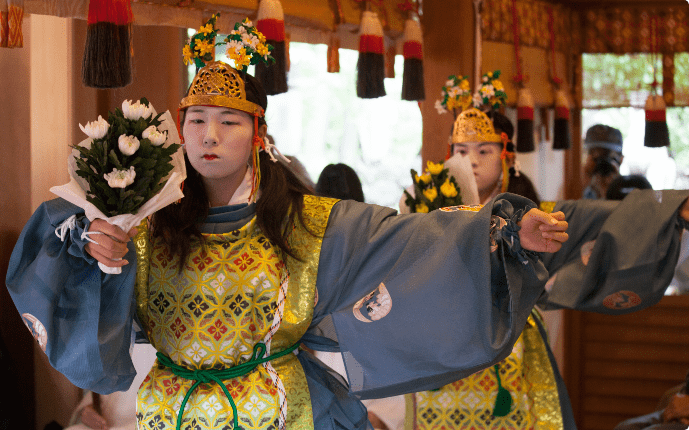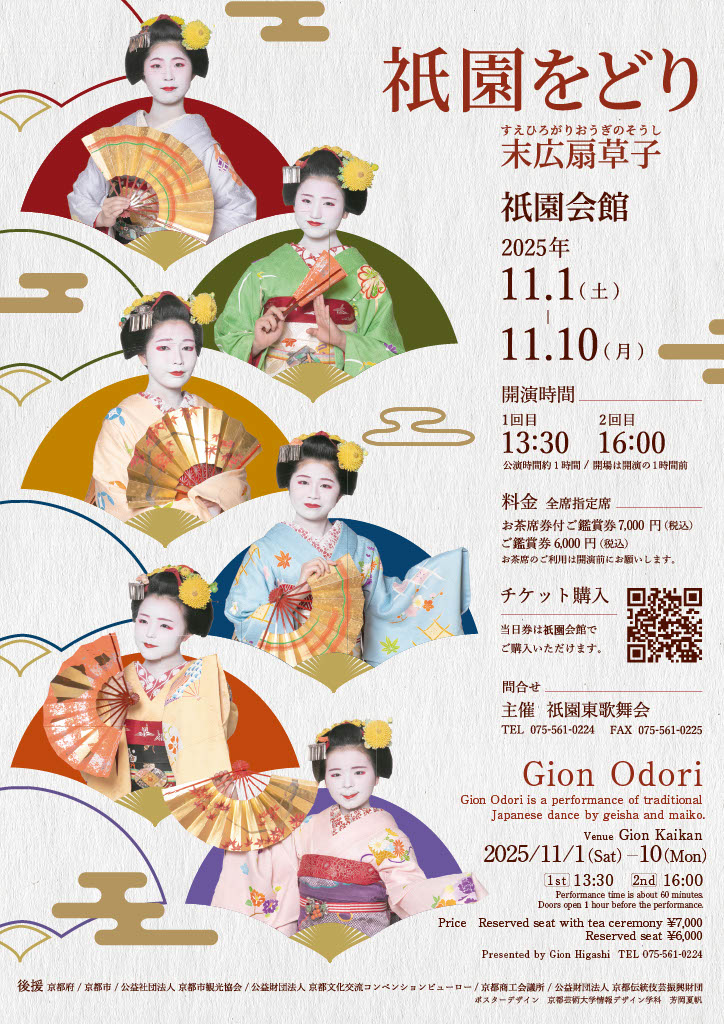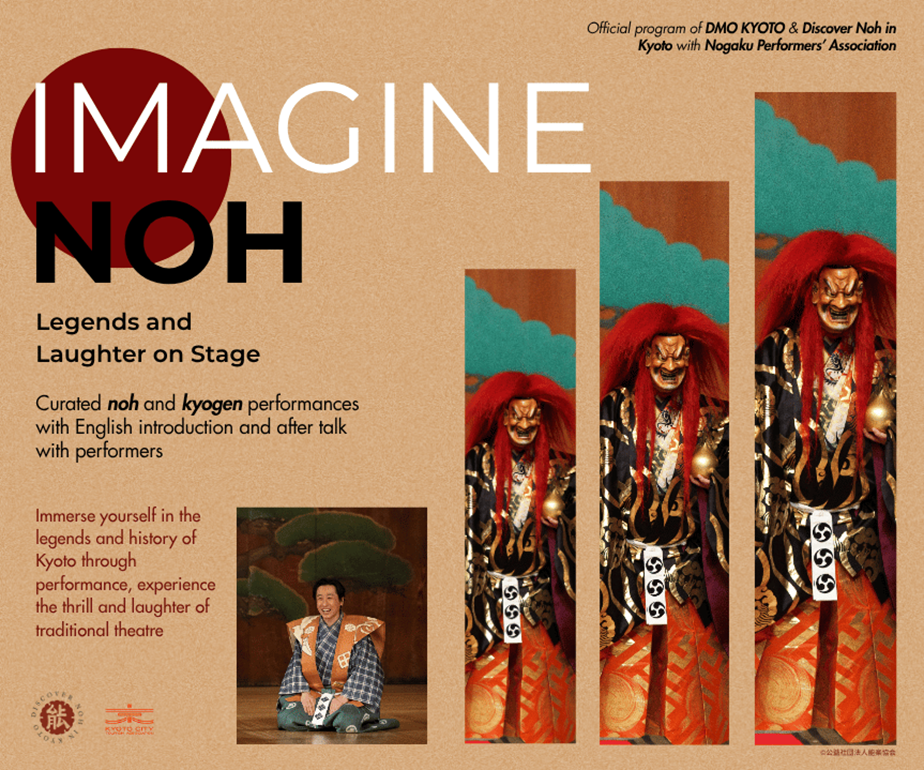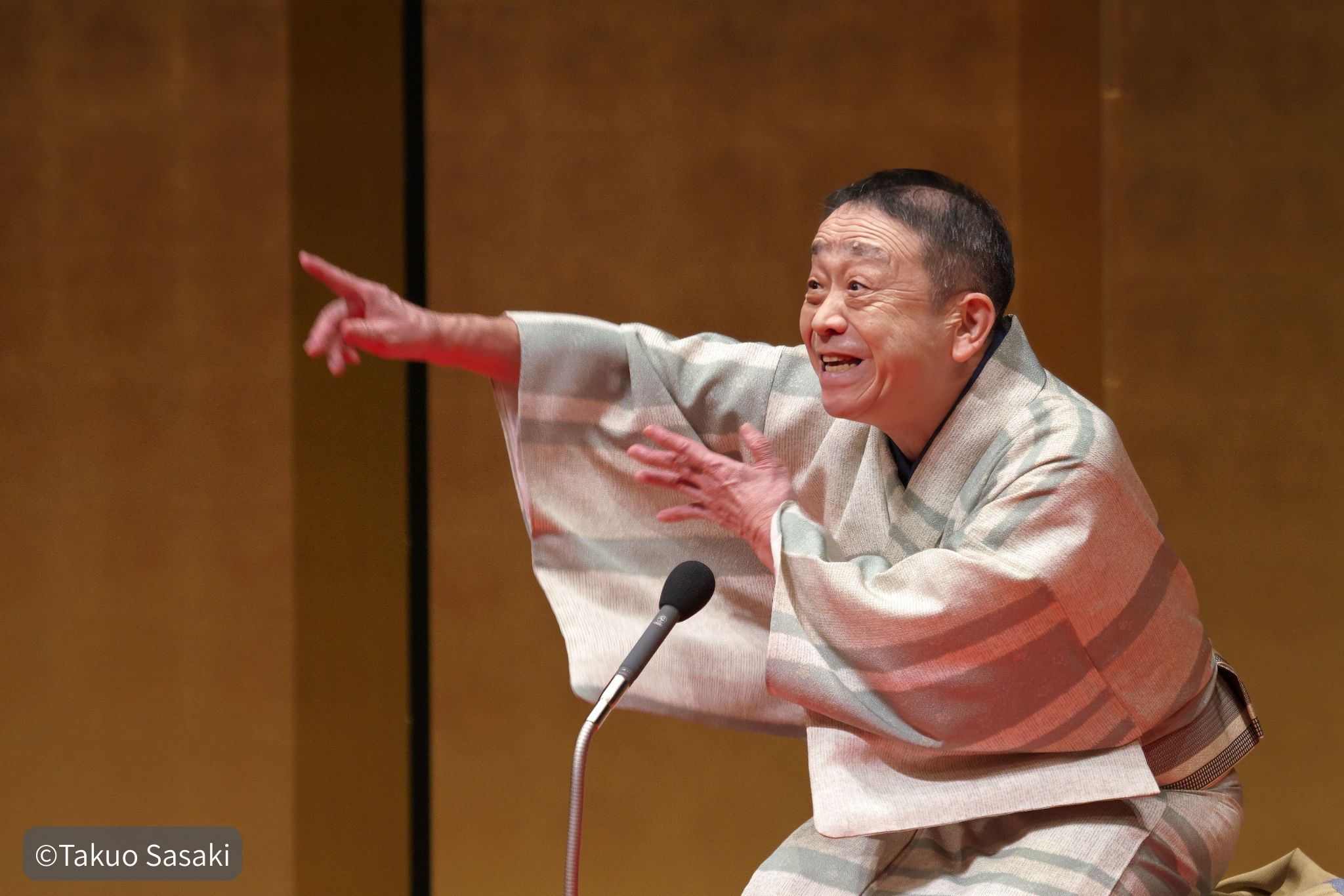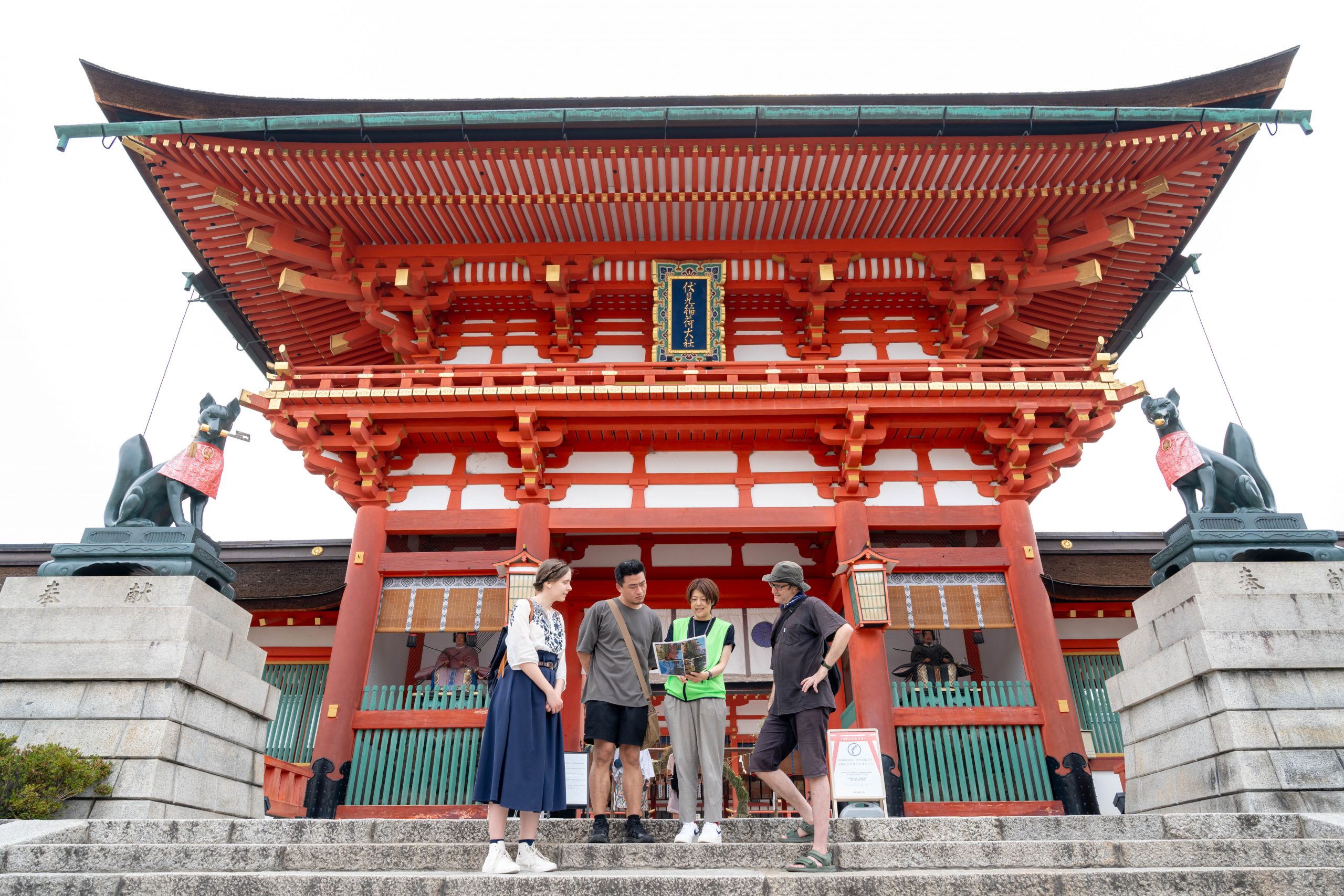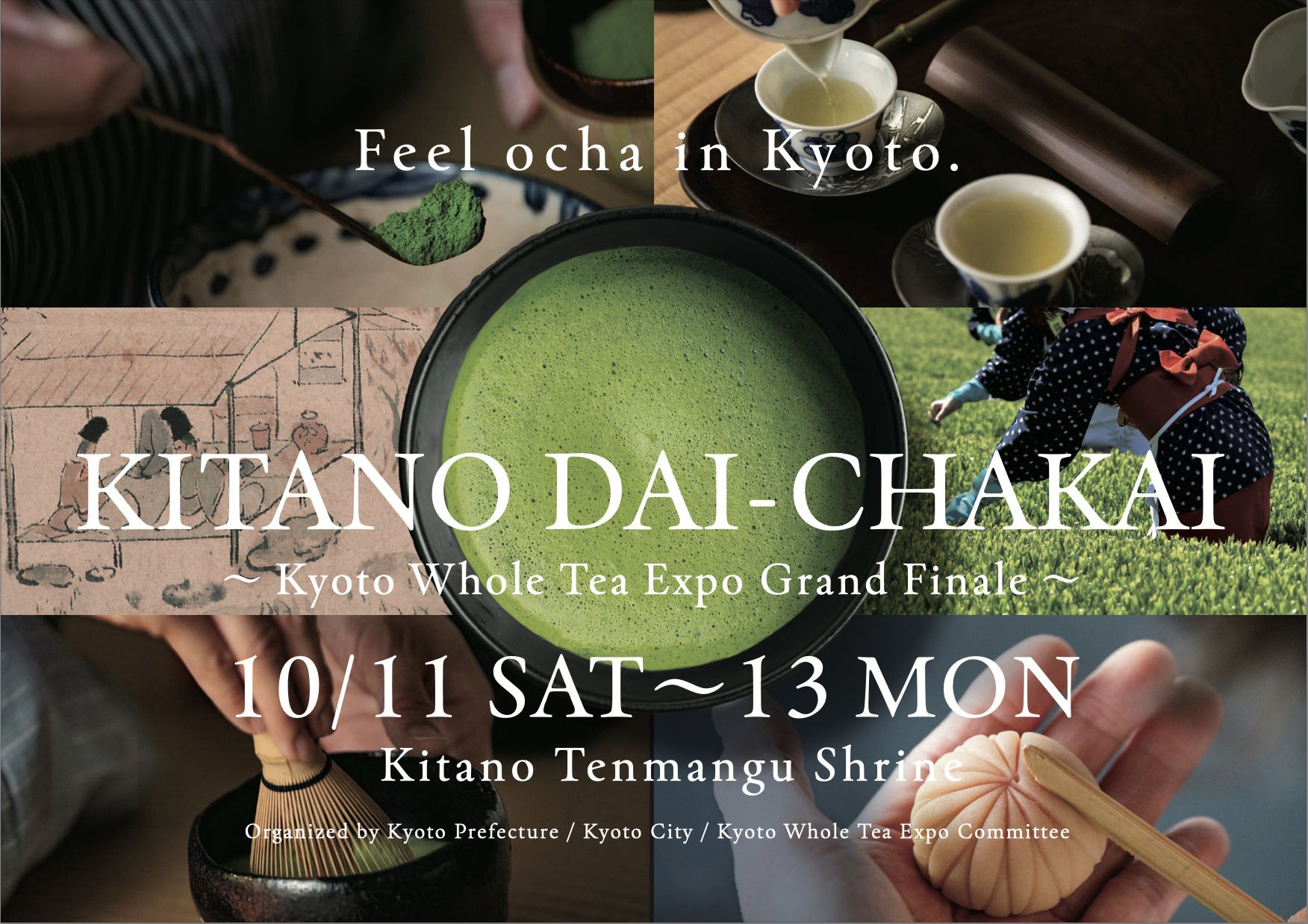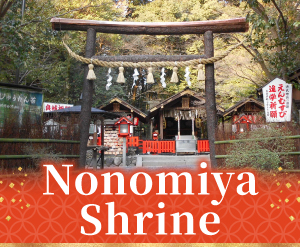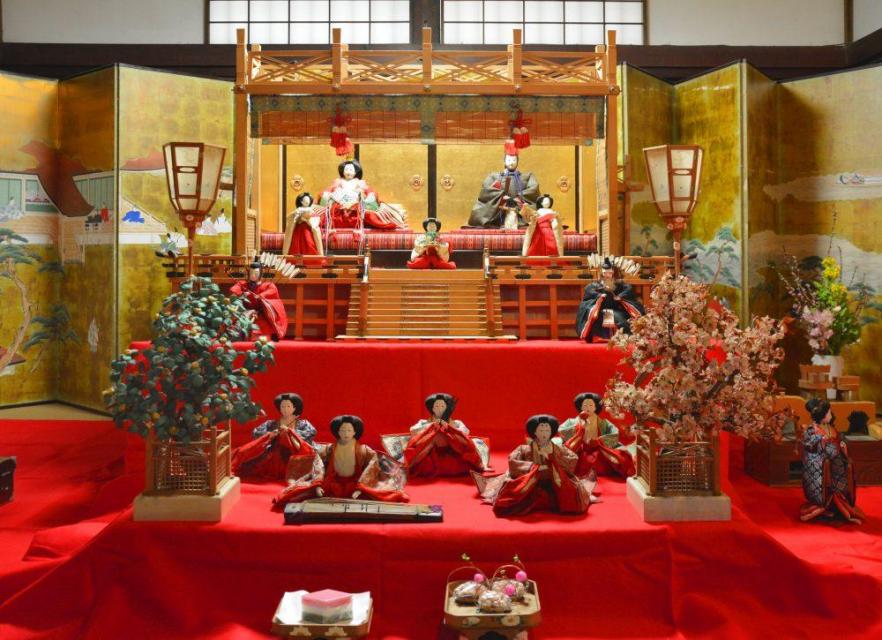
Hinamatsuri Festival at Hokyo-ji Temple
In Japan, March 3rd marks Hinamatsuri – a festival also known as Girl’s Day during which families pray for the health and well-being of girls. In the past, it was believed that evil spirits were more active during the turning of the seasons, so this festival was established to ward off misfortune and pray for happiness. During Hinamatsuri special dolls called hina-ningyo are displayed at homes from the beginning of spring (February 4th) until the day of the event on March 3rd. In the lunar calendar Hinamatsuri occurs a month later, so there are also families who display the dolls until April 3rd.
The dolls made by skilled craftsmen from Kyoto are called kyoto-bina. They are complex artworks created by a number of artisans who specialize in making different parts of the doll, such as the head and the hair. Once completed, they are passed down through generations, and the more famous sets are displayed during events held at temples and shrines around the time of Hinamatsuri. Though the placement of the dolls varies throughout Japan, in Kyoto the male doll is usually placed on the right, and the female doll on the left. This reflects the Heian era (794 – 1185) ceremonies during which the emperor would be seated on the right and the empress on the left.
Ritual of floating dolls down the river
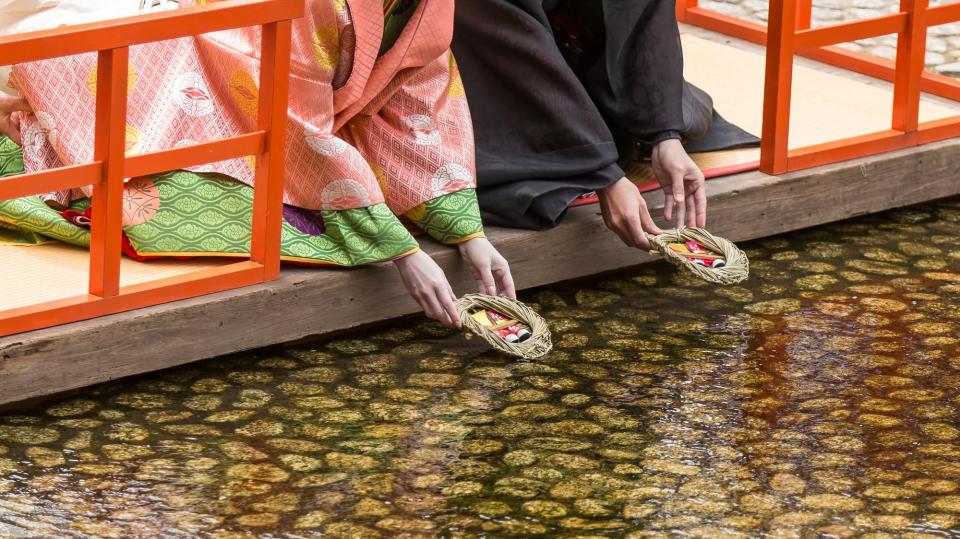
Shimogamo-jinja Shrine
At Shimogamo-jinja Shrine, a nagashi-bina (doll-floating) ritual is held every year on March 3rd. Small dolls are placed on boats made of straw and floated down the Mitarashi River in order to pray for the health of children.
A different event, called the “Peach Blossom Festival” is held at Kamigamo-jinja Shrine on the same day. Peach blossoms, magnolia flowers and kusa mochi (rice cake with mugwort) are offered at the shrine’s altar and prayers are made for the health and safety of family members. Afterwards, another Hinamatsuri ceremony is held at the Nara River, where dolls are flown down the river as well.
Nagashi-bina Festival in Shimogamo-jinja Shrine
Peach Blossom Festival in Kamigamo-jinja Shrine (Japanese only)
Traditional sweets
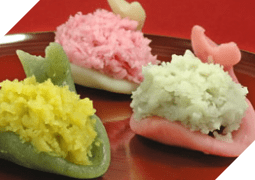
Hichigiri
There is a number of traditional Japanese sweets tied to the Girl’s Day. The most famous among them is the hishimochi – a diamond shaped confectionery made of three layers of pink, white and green mochi. Another popular staple are the hina arare – sweet and multicolored rice crackers.
In Kyoto, a regional sweet called hichigiri is often eaten during Hinamatsuri. Its name literally translates to “torn off” due to its uneven shape. It is made by placing sweet bean paste on top of konashi (dough made of white bean paste and flour) or uiro (steamed glutinous rice flour cake).
Temples associated with Hinamatsuri
Hokyo-ji Temple
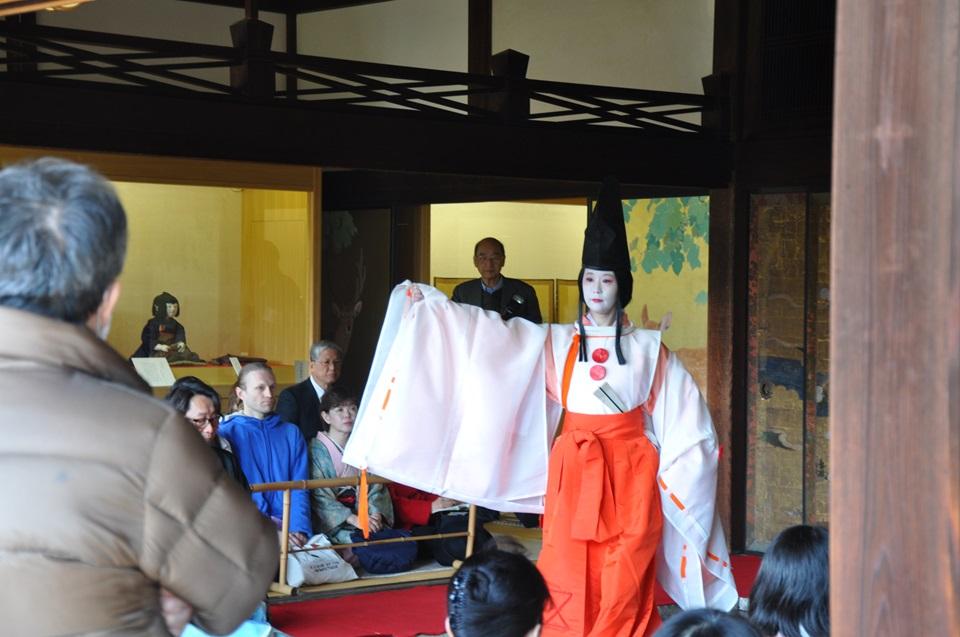
Hokyo-ji Temple
Hokyo-ji Temple is a Buddhist convent also known as the “Doll Temple” because of its extensive collection of high-quality dolls. The temple holds special exhibitions of these dolls twice a year – in spring (in March) and in autumn (in November). The spring exhibition primarily features hina-ningyo dolls. Additionally, a “Doll Festival”, during which dances are performed in the main hall, is held on March 1st.
Sanjusangen-do Temple
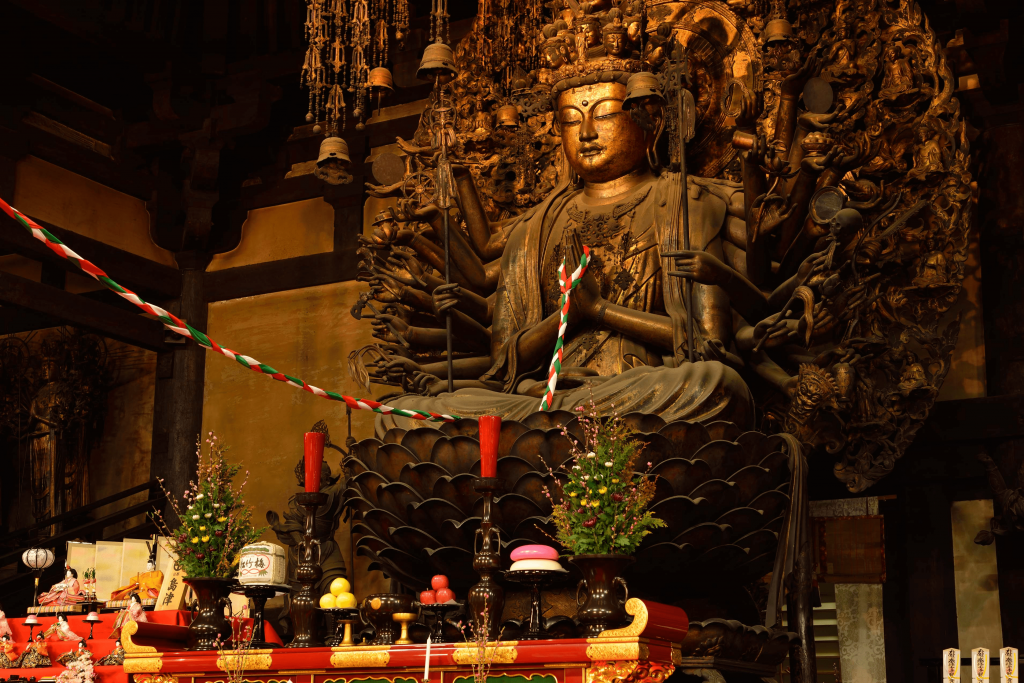
Image courtesy of Myoho-in Temple
Sanjusangen-do Temple, whose name repeatedly uses the character for three [三], holds a special Buddhist service called Shuntoue on March 3rd. On this day, the temple is open to visitors free of charge. A flower offering ceremony, flower arrangement exhibition and various performances are held throughout the day as part of Hinamatsuri celebrations.
